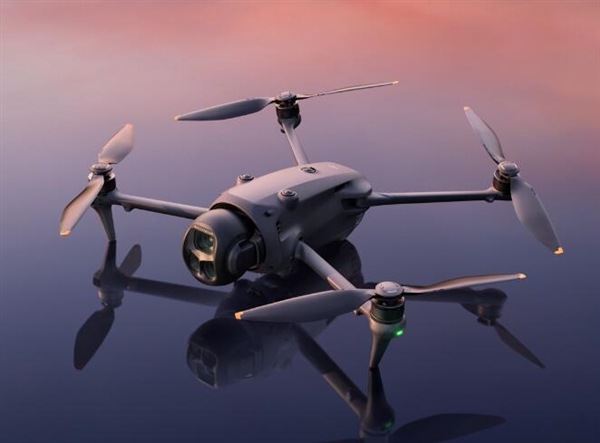Drones have transformed from mere recreational gadgets to powerful tools with advanced technologies that have revolutionized various fields. Among these advancements are infrared cameras and night vision capabilities, which offer unique advantages that are especially beneficial for both professional and recreational applications. Drones equipped with infrared cameras and night vision open up a realm of possibilities, enhancing everything from surveillance to wildlife observation and even agricultural assessments.
Infrared Cameras and Night Vision: A Technological Merge
The combination of infrared cameras and night vision creates a robust imaging system that utilizes thermal detection and low-light vision to capture clear images regardless of the time of day. Infrared cameras work by detecting heat emitted by objects, translating it into visible images. This technology is invaluable during night-time or in conditions where visibility is compromised. It allows drones to operate efficiently even in total darkness, delivering crucial data with unprecedented accuracy.
The Impact on Surveillance and Security
One of the primary applications of drones with infrared and night vision capabilities is in the field of security and surveillance. These drones enhance the ability to monitor areas without the constraint of daylight, providing real-time data that can be used to ensure safety and prevent unauthorized activities. Security firms and law enforcement agencies employ these drones for monitoring large perimeters, facilities, and during search-and-rescue operations. The thermal imaging aspect of infrared cameras is particularly helpful in detecting live bodies in vast regions, assisting in locating missing persons with precision.
Boosting Agricultural Efficiency
Agriculture has seen significant advantages with the introduction of drones equipped with infrared cameras and night vision. Farmers can now survey their land during night hours, observing conditions that aren’t visible to the naked eye. The infrared technology highlights areas needing attention by revealing temperature variations, which can indicate plant diseases or pest invasions. Consequently, farmers are better equipped to react rapidly, improving crop health and yielding higher productivity.
Enhancing Wildlife Observation
Observing wildlife has always been challenging due to unpredictable animal behavior and nocturnal habits. Drones with infrared cameras and night vision facilitate unobtrusive and safe animal tracking, allowing researchers to monitor animals without disturbing their habitats. These drones provide clear imaging that helps in studying migration patterns, behavior, and population counts effectively at any time.
FAQs About Drones with Infrared and Night Vision
Q: Can all drones be fitted with infrared cameras?
A: Not all drones are compatible with infrared cameras. It is essential to verify the drone’s specifications and capabilities before attempting to integrate such advanced technology.
Q: How does night vision differ from infrared imaging?
A: Night vision enhances existing light to amplify visibility, whereas infrared imaging detects heat to form images, making it effective even in complete darkness.
Q: Are drones with these capabilities legal everywhere?
A: The legality of drones equipped with infrared and night vision varies by region and purpose; always check local regulations before use.
In essence, drones with infrared cameras and night vision are pivotal in transforming industries with nighttime and difficult-visibility operations. Their applications are vast, spanning security, agriculture, and environmental research, amongst many others. As technology progresses, we can anticipate even more refined integrations that will continue to expand the horizons of what is possible with drone imaging technology.